When the Supreme Court returns from its summer recess, justices will have a number of Second Amendment cases waiting for them to consider in conference. At least a half-dozen 2A cases, most of them dealing with various aspects of the federal statue dealing with prohibited persons, are scheduled for the Court's September 29 conference, and responses in seven other cases are due to the Court by September 2.
One of the latter is Rush v. United States, which is also slated to be discussed in the September 29 conference. On Thursday the Court issued a directive for the DOJ to respond to Jamond Rush's petition for certiorari, which was filed by the National Rifle Association in early June. DOJ waived its right to respond several weeks ago, but now we know at least one justice has requested the DOJ sound off on Rush's desire for SCOTUS to hear his case, which seeks the Court's answer about whether the Second Amendment "secures the right to possess unregistered short-barreled rifles that are in common use for lawful purposes."
In 2022, Rush was charged with one count of possessing an unregistered Anderson Manufacturing AR-15 rifle with a 7.5-inch barrel. As NRA attorney Joseph Greenlee wrote in the cert petition:
Rush moved the district court to dismiss the indictment on the grounds that Section 5861(d) violates the Second Amendment. Declining to “reach Rush’s argument” that short-barreled rifles are “commonly used for self-defense,” and with no analysis of their dangerousness or unusualness, the court concluded that they are “dangerous and unusual firearms” and thus “outside the bounds of Second Amendment protection,” The court based this holding on its errant reading of United States v. Miller, as holding that short-barreled shotguns are “dangerous and unusual firearms.”
In light of the district court’s denial of his motion to dismiss, Rush entered a conditional guilty plea, preserving his right to appeal the denial of his motion to dismiss. He was sentenced to 30 months’ imprisonment and appealed to the Seventh Circuit.
The Seventh Circuit affirmed, “decid[ing] this case on the simple fact that Miller controls.” The court did apply the test set forth in New York State Rifle & Pistol Ass’n, Inc. v. Bruen,however, “not in the context of first impression, but rather with an eye for whether the test set forth in Bruen is incompatible with Miller.” The court “decline[d]” to find that “short-barreled rifles are ‘arms’ protected by the Second Amendment’s text,” then found it “likely” that historical tradition supports regulating them, before concluding that its application of Bruen’s test “answer[ed] the only question at issue for this appeal,”because it led to the “conclusion that Miller survives Bruen".
Greenlee goes on to argue that the Seventh Circuit has failed to abide by the Court's declaration that all bearable arms are, prima facie, protected by the Second Amendment. Instead, the appellate court has "injected several limitations into the plain text—limitations that have resulted in the exclusion of semiautomatic rifles owned in the tens of millions, ammunition magazines owned in the hundreds of millions, and here, rifles with shorter-than-average barrels, numbering over half a million."
According to the Seventh Circuit’s holding below, an ordinary rifle with a 16-inch barrel is an arm, but the same rifle with a 15 7/8-inch barrel is not. Such a distinction at the plain text stage is arbitrary, illogical, and contrary to this Court’s precedents.
This Court has also held and repeatedly reaffirmed that the Second Amendment protects arms “‘in common use at the time". But the Seventh Circuit has expressly “rejected” such “commonality reasoning,” deriding this Court’s “common use” test as a “circular, ”not “very helpful,” “slippery concept” that “would have anomalous consequences."
The Seventh Circuit has manufactured its own test, which seemingly cannot be satisfied. In this case, the court paradoxically dismissed short-barreled rifles’“popularity” and “prolif[eration]” as having “little jurisprudential value,” while simultaneously concluding that Rush failed to prove that they are “commonly used” for lawful purposes.
The Supreme Court doesn't have to wait for the cases challenging Illinois' gun and magazine bans to reach them in order to set the Seventh Circuit straight on the proper test to determine if an arm is protected by the Second Amendment. Rush is a good vehicle for the justices to use instead, and a ruling in favor of Jamond Rush would be of huge help in countering the arguments by some courts that AR-15s and so-called assault weapons aren't in common use despite their popularity.
As Second Amendment Foundation attorney Kostas Moros pointed out on X, the request for DOJ to respond to the cert petition isn't a guarantee that the Court will grant cert. It is, however, a sign that one or more justices are paying attention this case and the issues at hand, and that's not a bad thing at all.
DOJ's reply brief is due on September 2, though the department is likely to get an extension if they request one. They'll have to file a response at some point, though, and whether the Trump administration will attempt to defend the NFA's restrictions on short-barreled rifles is still an open question.
I'd like to think the answer is "no", but the DOJ has already contended under Trump that the $200 tax on NFA items is just a "modest" imposition and is perfectly compatible with the Constitution, so they might try to argue that the NFA's registration requirement is just another small burden on lawful gun owners that doesn't stand in the way of them exercising their right to keep and bear arms.
Editor's Note: Unelected federal judges are ignoring Supreme Court precedent and allowing infringements on our right to keep and bear arms to remain in place.
Help us expose out-of-control judges dead set on treating the Second Amendment as a second-class right. Join Bearing Arms VIP and use promo code FIGHT to get 60% off your membership.
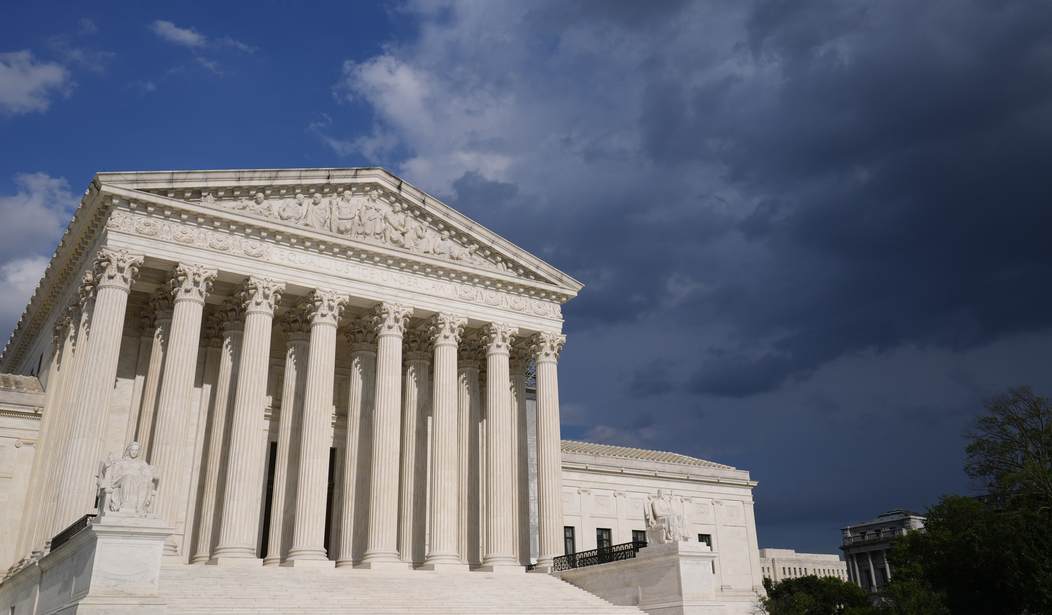

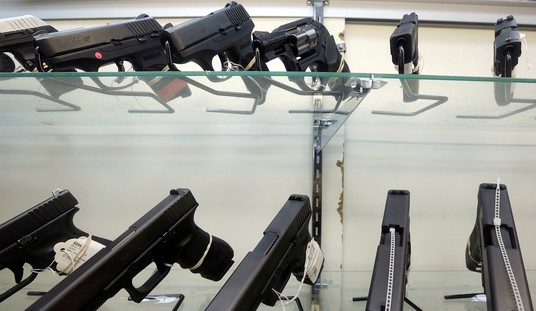
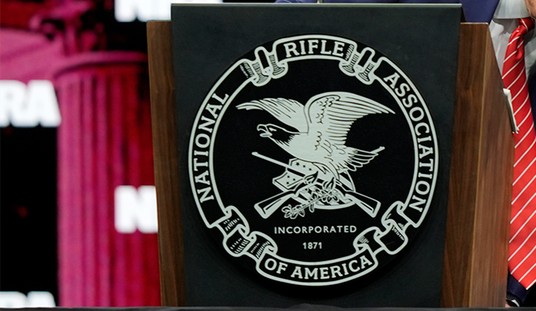
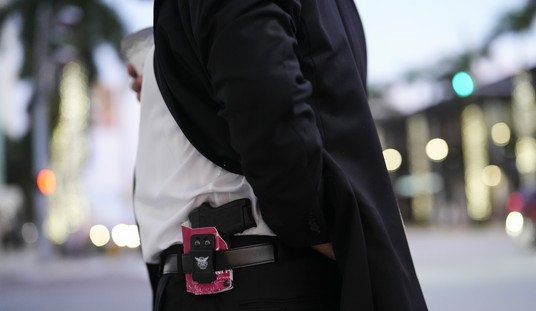

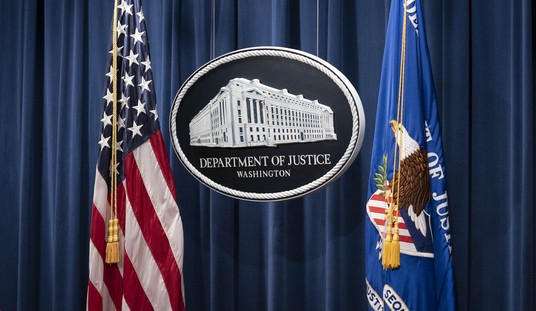

Join the conversation as a VIP Member